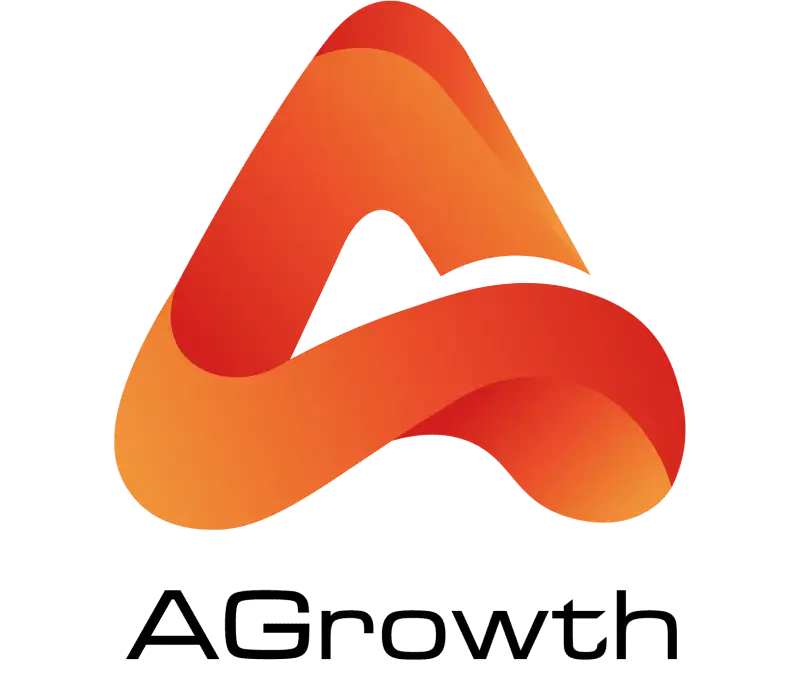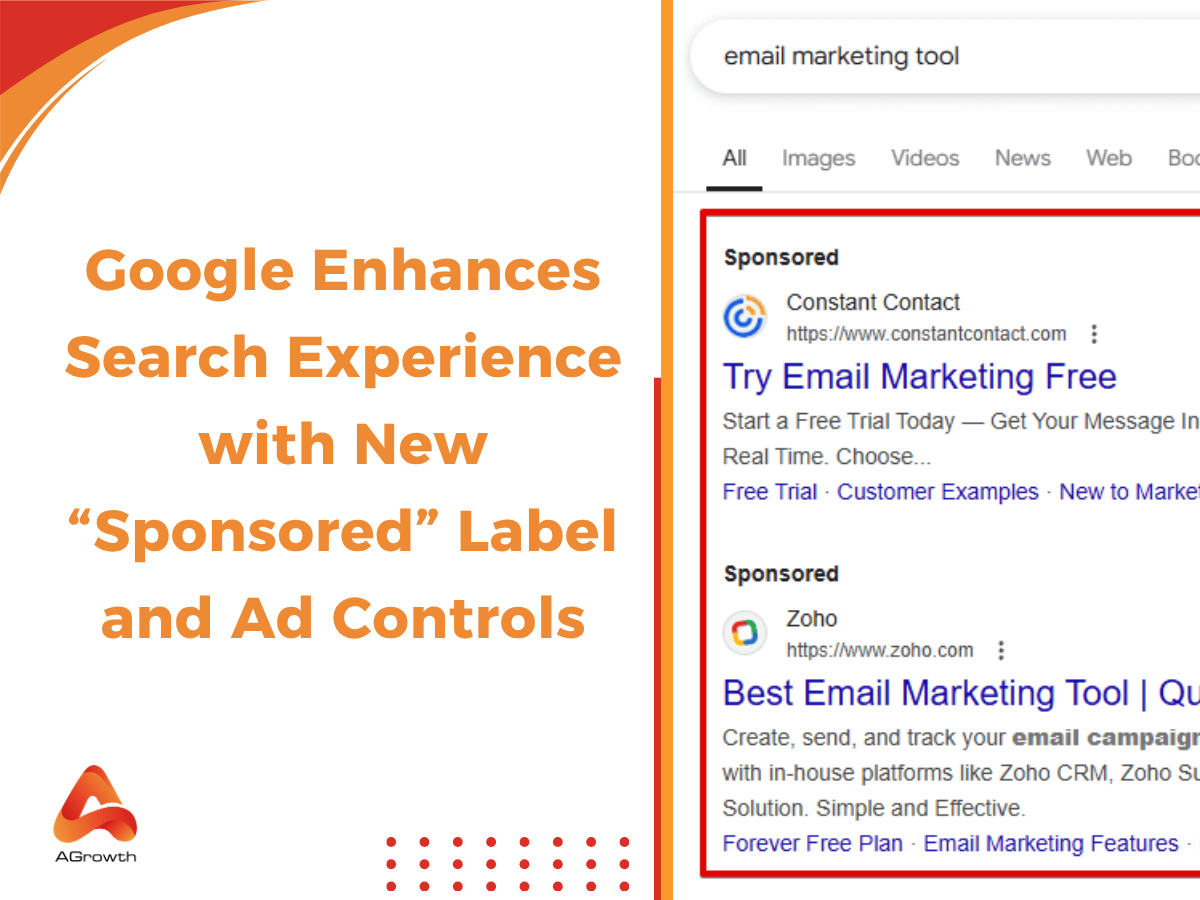
Table of Contents
Are Google Ads Worth It in 2025? Data, ROI, and Expert Insights
Are Google Ads worth it? This question extends beyond a simple affirmative or negative response. Google Ads continues to serve as a powerful channel for capturing high-intent demand across Search, Shopping, Display, and YouTube. However, like any marketing channel, it comes with both significant advantages and notable drawbacks.
This article takes an advanced perspective on the pros and cons of Google Ads, highlighting the benefits that make it a powerful tool for lead generation and sales, as well as the common challenges advertisers face in managing costs, navigating platform policies, and sustaining long-term profitability.
Are Google Ads Worth It?
Yes, Google Ads are worth it for most businesses, provided you have the right strategy, targeting, and budget allocation in place.
According to WordStream’s recent benchmarks, the average conversion rate across all industries for Google Search campaigns is around 4–6%, with top-performing sectors reaching double digits. For many advertisers, every $1 spent can generate $2 to $8 in revenue.
However, these results aren’t automatic. Your campaign performance depends heavily on factors like industry CPC, competition level, and the relevance of your ad creative and landing pages. Compared to channels like Facebook Ads or TikTok Ads, Google Ads often captures high-intent search traffic — people actively looking for a solution. That intent can translate to faster ROI, but only if your campaign is built for precision, not guesswork.
Benefits of Google Ads
Experienced marketers already know the basics. Let’s go beyond the surface and look at how these benefits translate into real strategic advantages in 2025.
Pay-Per-Click Model (PPC)
The PPC model lets you pay only when someone clicks your ad, offering direct control over spend. For advanced advertisers, the real power lies in balancing CPC against CPM. In certain brand awareness campaigns, you might even combine bidding strategies (e.g., Maximize Clicks for testing audiences, Target CPA for conversion scaling).
Pro tip: Monitor your Search Impression Share to understand whether raising bids or improving Quality Score could drive more qualified traffic without inflating costs.
For more information about Google Ads quality score, read our post!

Budget Controls with Strategic Allocation
Google Ads offers flexible budget controls, but advanced advertisers take it a step further — allocating spend based on funnel stages and Customer Lifetime Value (LTV).
For example:
-
Top of Funnel (TOF): Broad keywords, lower bids, focus on data collection.
-
Middle of Funnel (MOF): Remarketing lists, competitive bids.
-
Bottom of Funnel (BOF): High-intent keywords with aggressive bidding.
This structure ensures every dollar is working toward a defined role in your sales process.
Advanced Audience Targeting
Beyond simple keyword targeting, Google Ads gives you Audience Signals and RLSA (Remarketing Lists for Search Ads) to blend keyword intent with behavioral data. You can target people who searched for your competitors, visited your pricing page, or abandoned a cart — combining search and audience targeting for maximum ROI.
Broad Network Options
Google’s ecosystem extends beyond Search into Display, YouTube, Discovery, and Shopping Ads. Each network serves a different purpose:
-
Search: Captures high-intent leads.
-
Display: Great for remarketing and awareness.
-
YouTube: High-impact video storytelling.
-
Discovery: Engages users across Gmail, YouTube, and the Discover feed.
Advanced advertisers often run multi-network campaigns to cover the entire customer journey.
Local Targeting for High-Intent Leads
For service-based businesses, geo-targeting down to city, ZIP code, or even a specific radius can drastically improve lead quality. Adding location-based bid adjustments ensures your ads appear more often in areas where customers are most likely to convert.
Measurable Results with Advanced Tracking
With Enhanced Conversions and GA4 integration, advertisers can track offline sales, phone calls, and cross-device actions — providing a true picture of ROI. The key for advanced users is closing the attribution gap so that decision-making is based on complete data, not partial metrics.
Smart Automation That Works (When Managed Well)
Automation tools like Performance Max and automated bidding strategies can be powerful if guided by strong creative assets and clear conversion goals. However, seasoned advertisers know automation isn’t “set and forget” — it requires ongoing monitoring and adjustment to align with business objectives.
Cons and Common Challenges
Even with all the benefits Google Ads brings, it’s not a magic bullet. Some pitfalls even experienced advertisers face — and failing to anticipate them can lead to wasted spend, poor ROI, or campaign disruption.
Rising CPC in Competitive Niches
In high-value sectors like legal services, finance, real estate, and insurance, competition for top keywords drives CPC through the roof.
-
It’s not unusual to see $50–$100 per click in these markets, which means a poorly optimized campaign can burn thousands in days.
-
Even in less competitive industries, CPC inflation is real — especially if you’re relying solely on high-volume head terms instead of long-tail or niche queries.
-
This makes budget efficiency and keyword strategy critical. Without a plan, your spending can outpace your revenue growth.
Lead Quality Fluctuations
Not every click is created equal.
-
Broad match targeting and automated bidding may boost click volume but often at the expense of lead quality.
-
Certain industries see a high volume of unqualified leads — for example, people looking for free advice instead of paid services.
-
Tracking beyond the click (using CRM integration or offline conversion imports) is essential to ensure you’re paying for leads that convert into paying customers.
Account Suspensions and Policy Restrictions
Google’s ad policies are strict, and enforcement can be swift.
-
Common triggers include misleading claims, prohibited content, unclear landing page policies, or payment method issues.
-
A suspension can happen without prior warning, immediately stopping all active campaigns.
-
For businesses heavily reliant on Google Ads traffic, this can mean instant revenue loss and lengthy appeal processes.
Automation Blind Spots
While Google’s AI-driven bidding and targeting can save time, it’s not infallible.
-
Algorithms often optimize for volume, not value, unless you give them the right conversion signals.
-
Machine learning models can overspend on low-quality clicks if your data isn’t clean or if conversion tracking is inaccurate.
-
Over-reliance on automation without human oversight can cause a gradual performance decline that’s hard to spot until budgets are already drained.
Steep Learning Curve for Advanced Tactics
Running basic search ads is relatively simple, but scaling profitably requires mastery of advanced features.
-
Tools like custom audiences, Smart Bidding strategies, ad scripts, automated rules, negative keyword sculpting, and performance experiments demand time and technical skill.
-
Without this expertise, you risk underutilizing your budget or missing opportunities to outperform competitors.
-
In many cases, the most profitable campaigns are the result of continuous testing, granular data analysis, and iterative optimization — all of which take months (or years) to perfect.
Tips to Maximize ROI from Google Ads
Prioritize Quality Score Beyond Just CTR
A higher Quality Score doesn’t just lower CPC; it can also improve ad delivery priority over competitors.
-
Ad Relevance: Align keyword intent with ad copy at a granular ad group level. Avoid keyword dumping; tightly themed groups generally outperform broader clusters.
-
CTR Optimization: CTR benchmarks vary by industry; compare yours against vertical-specific averages, not overall. Consider using dynamic keyword insertion for hyper-relevance in competitive SERPs.
-
Landing Page Experience: Ensure lightning-fast load times (<2 seconds), mobile optimization, and message match from ad to page. Tools like Google PageSpeed Insights and Hotjar session recordings can reveal hidden friction points.

Use Negative Keywords Aggressively and Proactively
Negative keyword hygiene is one of the fastest ROI savers for seasoned advertisers.
-
Regular Audits: Review search term reports weekly in competitive accounts; irrelevant clicks bleed budget silently.
-
Layering Match Types: Apply negatives at the Google Ads account, campaign, and ad group levels to block traffic at the right granularity.
-
Predictive Negatives: Proactively exclude related but non-commercial intent terms before they start spending. For example, block “free,” “jobs,” or “how to” if you only want buyers.
Run Structured, Ongoing A/B Tests
Treat testing as a core operating process, not a side activity.
-
Ad Copy Variations: Test emotional vs. rational angles, benefits vs. features, and urgency-driven CTAs vs. value-based offers.
-
Multi-Metric Evaluation: Don’t just declare winners on CTR—assess conversion rate, cost per acquisition (CPA), and lifetime value (LTV) per variant.
-
Controlled Cadence: Rotate tests every 2–4 weeks, depending on traffic volume, to avoid statistical insignificance or fatigue.
Adjust Bids Based on Geo, Device, and Schedule Data
Advanced bid adjustments can squeeze out extra efficiency without changing creative.
-
Geo Targeting: Use location reports to identify high-performing regions and bid up aggressively, while suppressing low-value geos.
-
Ad Scheduling: Optimize ad delivery to peak hours/days for your vertical. For example, B2B may see stronger conversions during weekday office hours, while D2C e-commerce may spike evenings and weekends.
-
Device Optimization: If mobile CPA is higher but LTV is similar, consider segment-specific offers or mobile-optimized landing pages before lowering bids.
Leverage Remarketing & RLSA for Multi-Touch Conversions
Remarketing Lists for Search Ads (RLSA) can drastically improve close rates.
-
Audience Layering: Combine remarketing lists with high-intent keywords to focus spend on past visitors with proven interest.
-
Sequential Messaging: Show a progression of offers—awareness, consideration, urgency—rather than repeating the same ad.
-
Bid Modifiers: Increase bids for audiences who reached key funnel milestones, like cart visits or demo requests.
Integrate Google Ads Data with Your CRM
Optimizing for lead quality instead of just lead volume is where mature accounts pull ahead.
-
Offline Conversion Tracking (OCT): Sync CRM closed-won data back into Google Ads so the algorithm learns which leads truly convert.
-
LTV Segmentation: Identify high-value customers and build lookalike or similar audiences to attract more of them.
-
Pipeline Visibility: Break down campaigns not just by CPL but by revenue generated per campaign/ad group.
Monitor Impression Share Like a Hawk
Impression share tells you how much of the available market you’re capturing.
-
Lost IS Due to Budget: Indicates you’re maxing out at current spend—could be worth scaling if ROI is positive.
-
Lost IS Due to Rank: Suggests competitors are outbidding you; review bid strategy, ad relevance, and Quality Score.
-
Competitor Benchmarking: Use Auction Insights to spot aggressive bid pushes from rivals, especially during seasonal spikes.
Conclusion: Are Google Ads Worth It in 2025?
For experienced advertisers, Google Ads remains one of the most controllable and scalable ways to generate qualified leads and sales. But its worth depends entirely on how you use it. With rising CPCs and automation shaping the platform, success now requires data-driven targeting, sharp creatives, and constant optimization.
If you’re ready to take full advantage of Google Ads but want to minimize risks like account bans and wasted spend, AGrowth can help. We provide Google Ads agency accounts starting from just 3%, with significantly lower suspension rates and exclusive promotions saving you up to $348 on your first rental.
You may also like:









Your comment